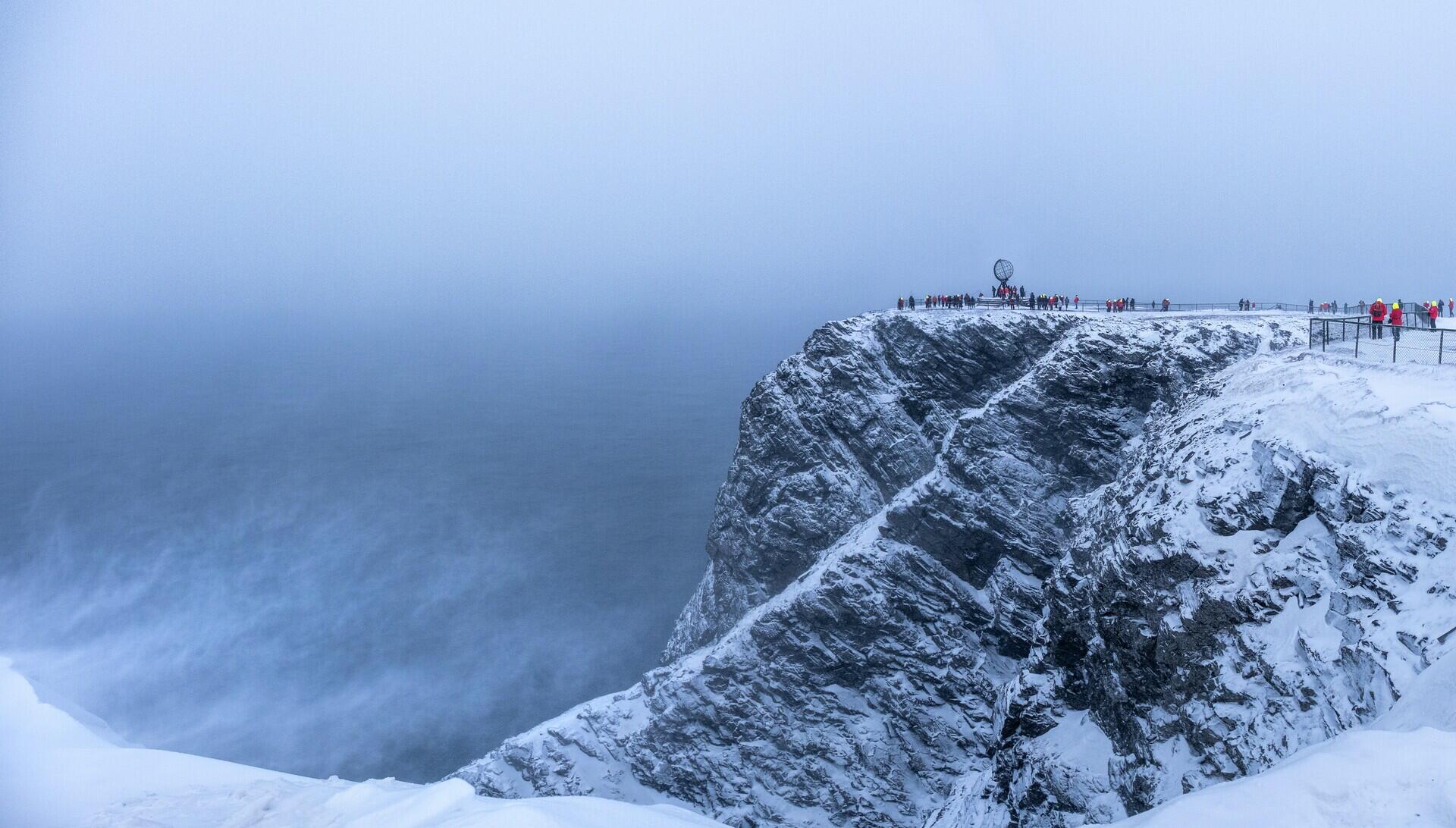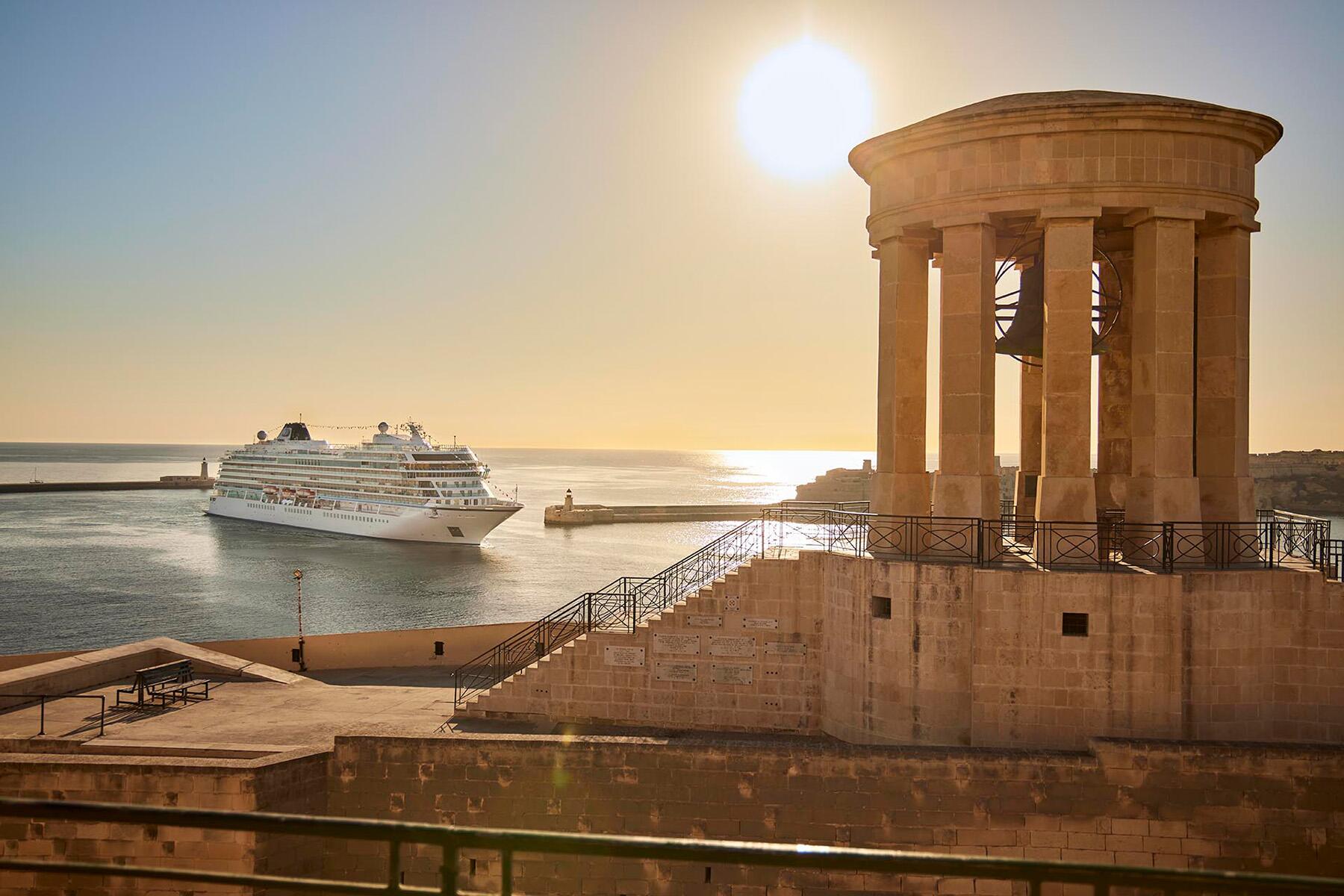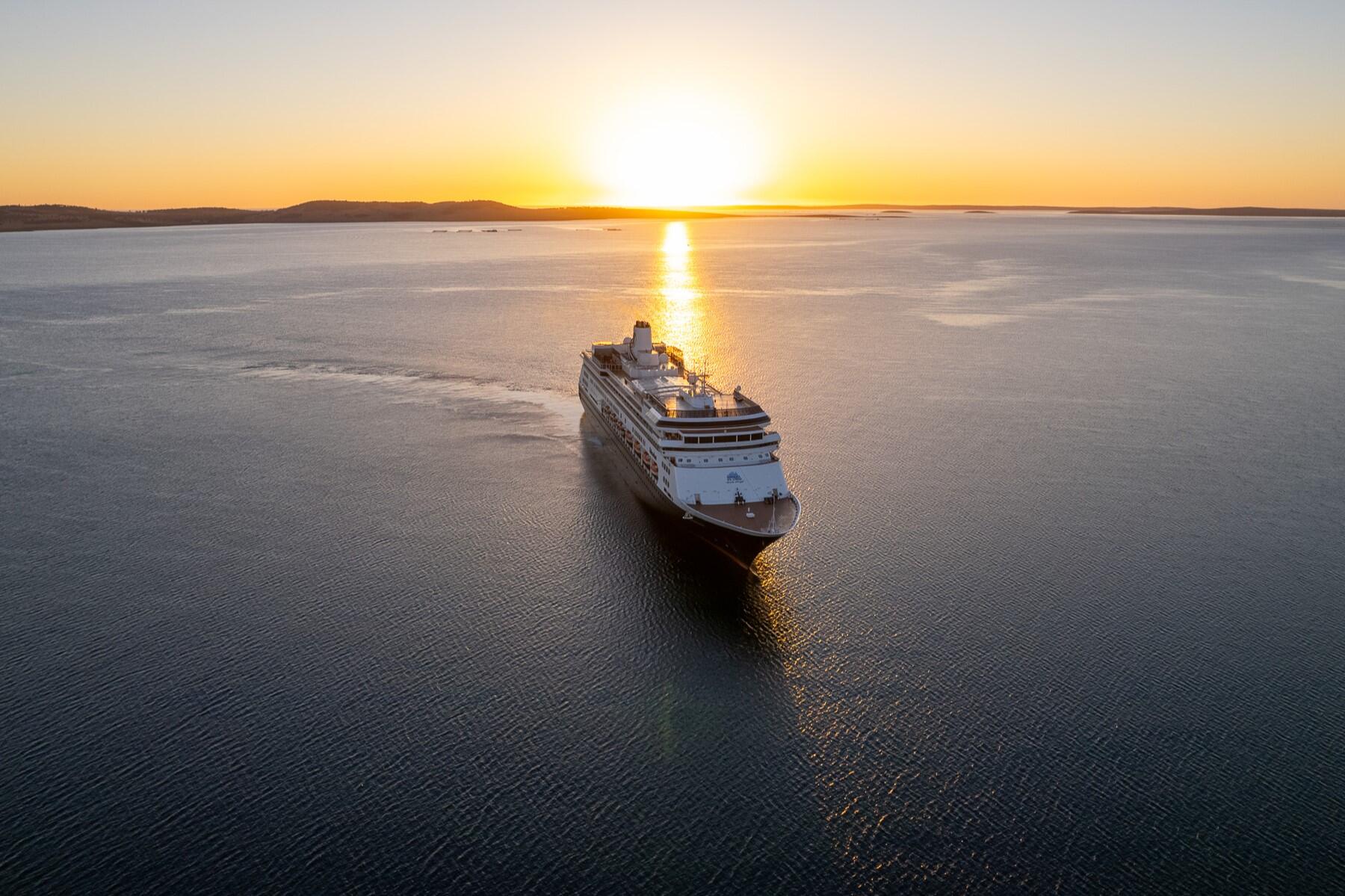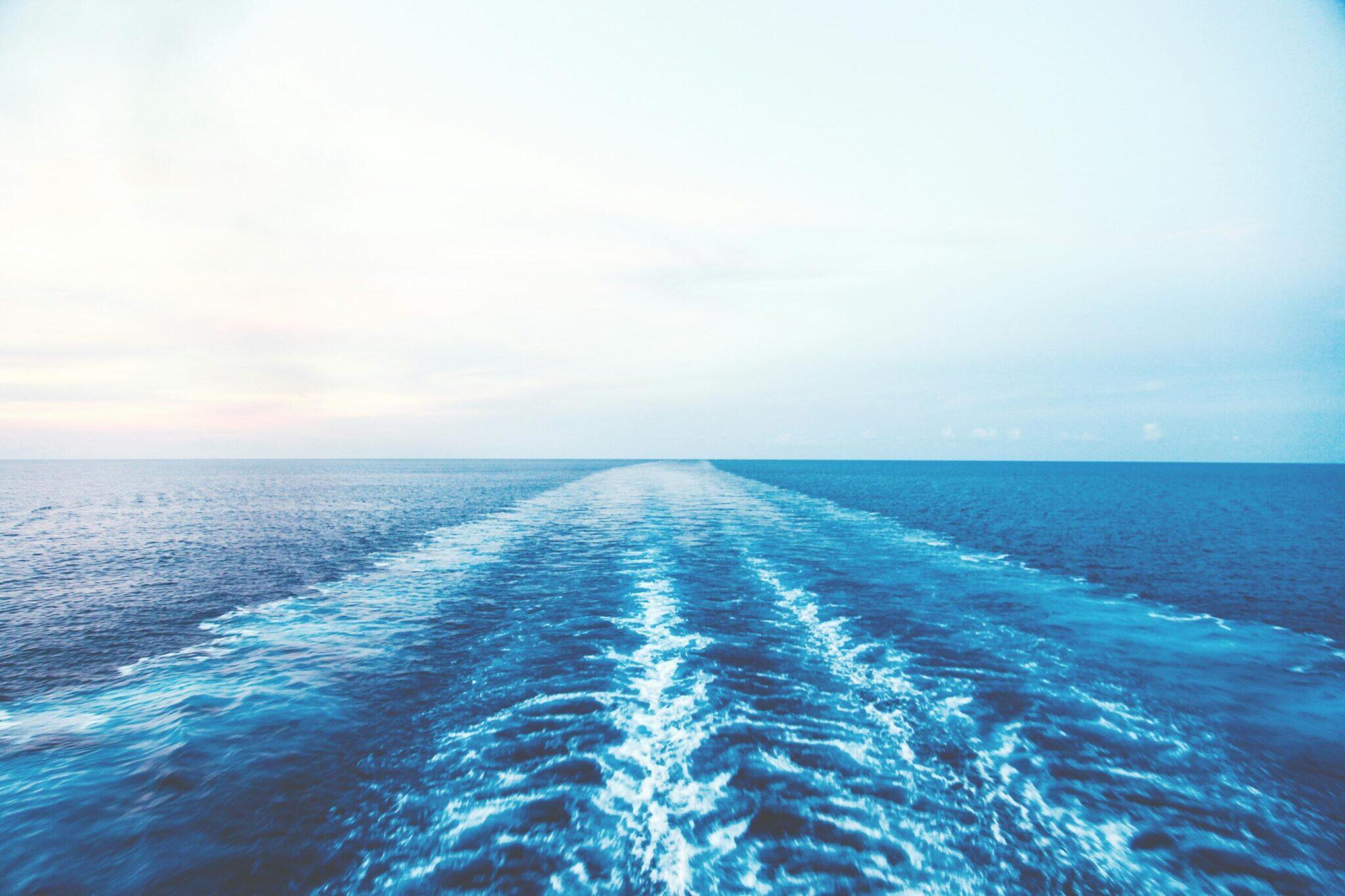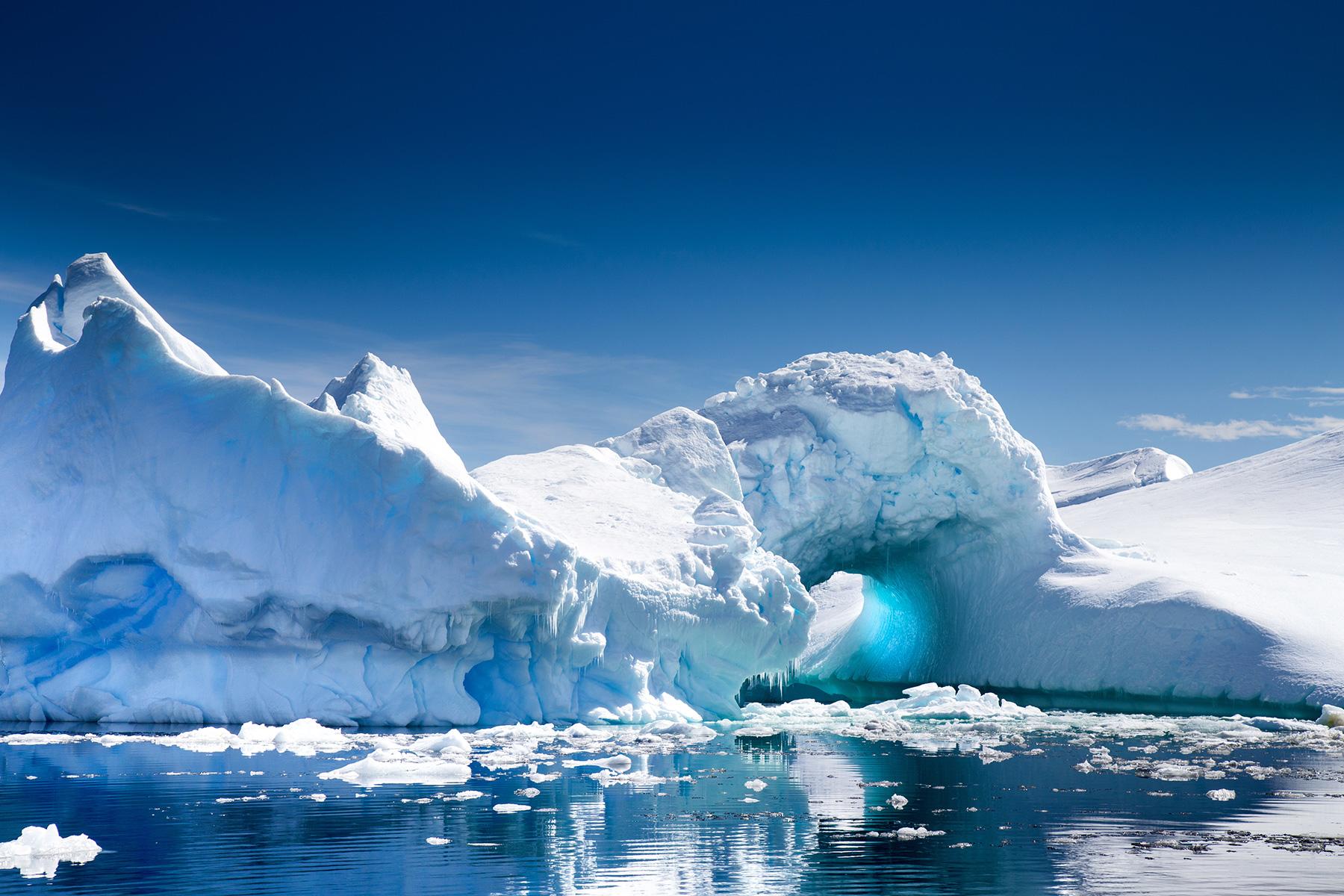From what to expect to what to bring and what to leave home, here are the things every passenger should know before leaving on this once-in-a-lifetime adventure.
I was admittedly naïve about most things Antarctic before boarding the boat that would bring me to the White Continent for the first time; I wasn’t even sure how to pronounce Ushuaia, the city from which we’d be embarking (it’s pronounced “oo-swy-ah,” by the way). Not only was I the youngest but I was obviously the least prepared on the ship, a fact made painfully evident in the pre-trip meeting when I far-too-excitedly exclaimed, “I just can’t wait to see penguins!” with childlike glee when asked what we were looking forward to most about the journey (note: all answers that followed my uninhibited response were strikingly more intelligent, either historical or scientific in nature … an unfortunate disadvantage of a having to answer first in an alphabetically ordered Q&A session). Thankfully, like most passengers, I gained a lifetime of knowledge while I was in Antarctica, but not before learning that there are a few things every passenger should know before leaving on this once-in-a-lifetime adventure.
